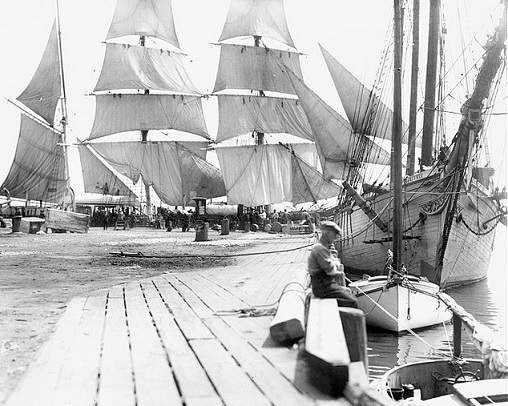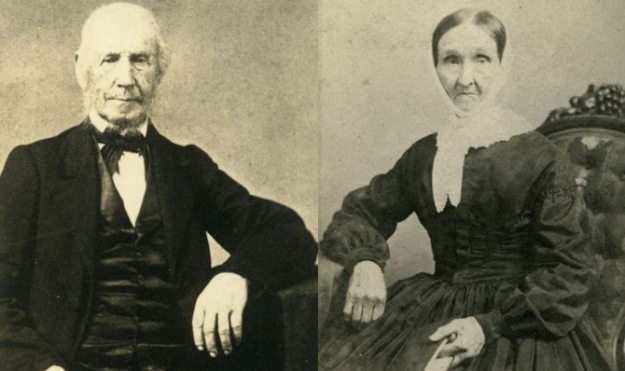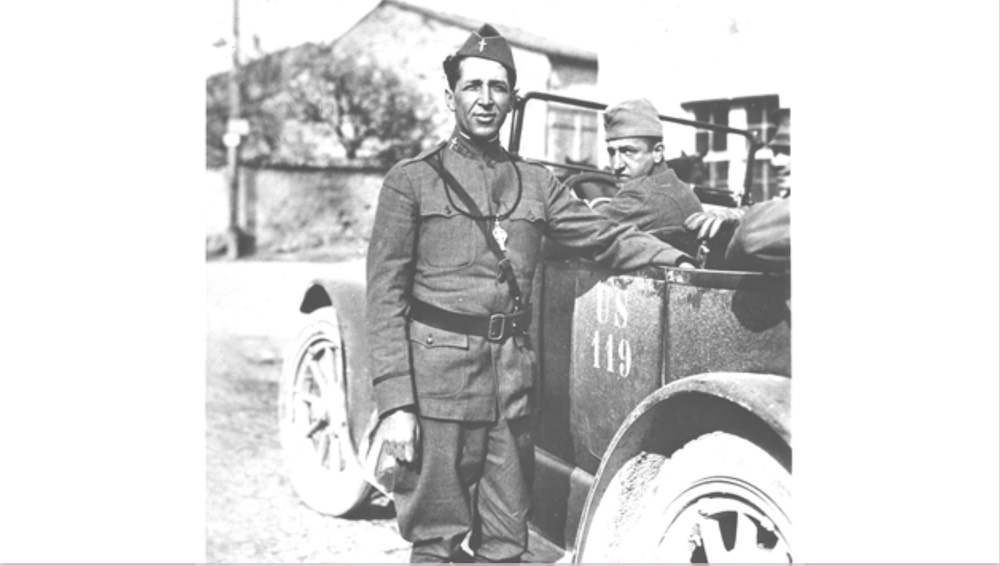Series Introduction
Welcome to the eighth installment of the series “Historical Personages of New Bedford.” The previous six installments can be found by using the keyword “personage” in the search window in the column at the right or click here.
My intention with this series is to shine some light on the lesser known names and figures of New Bedford’s past.
I won’t focus on the more popular and well-known figures since they have not only been covered in substantial depth, but information about these figures is something most people already have a cursory knowledge of. Though redundant to say, if any more information is desired, it is readily available and easily accessible.
Some of these great and popular figures got to be well known, wealthy, or famous on the shoulders of names vaguely recalled or ne’er heard. I don’t want to swing all the way to the other side and overcompensate by saying that these great figures would be no one without those you haven’t heard of. Perhaps they would have, but I think since history has traditionally ignored the lesser known figures, let’s give them their due!
Initially I thought to make this an installment for the “streets” series. Since so many streets are named after important historical figures, I have to make a decision on how to approach an assignment. Often it’s clear cut, other times not so clear. This is the case of “Should I make this a street article or one about a historic figure?” At the end of the day, it comes down which would be more interesting and readable?

The Hillman family is a massive one. One that has their stamp all over New England in general, and the South Coast particularly. In fact, they were so ubiquitous that a book has been written about the family and five separate branches detailed, an English, a New England, a New Jersey, a Dutch and a German Jewish branch. To condense a book into a sort of “Cliff” notes is to lose much. To condense it even further into an article would be an injustice to the family and the reader.
“tis easier to focus on one Hillman and the one that started the Hillman clan in New Bedford: Zechariah or Zachariah Hillman. Both spellings are acceptable and will be encountered in historical documents if you do follow up research. The name is Hebrew in origin and the block or Assyrian script in Hebrew does not define vowels – though there are vowel marks to serve as an aid in some cases. If you know how to speak Hebrew, the vowels were almost superfluous. So, if you saw “Zchrh Hllmn” you knew what it meant. Anyhow, I digress.
The first record of any Hillman is of a John Hillman, Esq., born circa 1550, likely somewhere in Cornwall, England. The first official mention of a Hillman here in New Bedford, and our subject at hand, is of Zachariah Hillman born at Chilmark, Dukes, MA on June 12, 1758, son of Benjamin Hillman and Love Cathcart. He had five siblings and when his father remarried, garnered seven step-brethren.
As you may have discerned, Zachariah was born into a shipbuilding family. This family had businesses throughout Nantucket and Martha’s Vineyard. Any search through the genealogy or general history of the family, shows shipwright after shipwright. Clearly, it was something they excelled at and were known for. Also, explains why New Bedford was chosen as a destination for Zachariah.
During the Revolutionary War (1765-1783) the whaling industry…ahem, floundered because the British were targeting whaling vessels as a way to hurt America in the wallet. One of the whaling capitals of the world at that time was Nantucket, and the British managed to devastate the fleet there, reducing the number of vessels from 150 to 30.
After the war ended, whaling not only resumed, but went through a boom. There were two hotbeds for whaling, Martha’s Vineyard and New Bedford. Great news for many of the support industries and tradesman involved in whaling. Certainly, a great time for a shipwright like Zachariah.
Incidentally, Nantucket was slow to rebound, because the powers that be decided to relocate their operations back in England, to Canada or even France. It wouldn’t be until circa 1806 that Nantucket would rebuild their fleet.

Not only did Zachariah enjoy and financially benefit from this revitalization of the whaling industry, but in 1790 the industry really took off when fertile whaling grounds off of South America were discovered making the Pacific Ocean the new world for whaling. America would become the world leader in whaling and most of it was centralized in New England, obviously with great benefit to New Bedford.
However, all was not lilies and roses. With the War of 1812, we would see the British return to attacking whaling vessels, bringing New Bedford whaling to a virtual standstill. The end of this war in 1815, would not only visit upon the industry another boon, but the first “Golden Era” of whaling. In fact, by 1853, New Bedford would be considered the richest city in the nation, perhaps the world.
Being from an old family and also being a shipwright meant that Zachariah would have been quite the catch. He married twice, first wedding Mary Norton (1762-1810) and then Rhoda Maxfield (Unknown-1824). He would spawn six children, likely with his first wife, Mary; Jethro who is buried at Peckham West Cemetery in New Bedford, Zachariah, Benjamin, Love who is buried at Griffin Street Cemetery, Mary who married Ephraim Kempton and is buried at Oak Grove cemetery, and Martha who married into the iconic shipwright Beetle family (Henry). The Beetles got their start by working for the Hillmans.
Brothers Zachariah and Jethro would take over the father’s business and eventually have the claim to fame of having built the famous Charles W. Morgan, launched from their shipyard at the bottom of Maxfield Street in 1841. Sadly, their father would not live to see this happen as he passed away on August 11, 1824 at the age of 66. His second wife Rhoda, would pass away a few months later in October.
The street itself would be named after son Zachariah, not just for his accomplishments as a shipwright, but for his roles as commander in a local militia (the city had no official police force at this time) in the 1820s and after his shipwright career, as chief engineer and fire chief at Fire Station #5 in the 1840s and 1850s. Many of the Hillmans were involved in the militia and were involved in the beating back of the mob during the infamous attack on the brothel, the “Ark.”
Special thanks to Spinner Publications for the various photos of Hillman Street. Plaque and monument commemorating the building of the Charles Morgan by the Hillman brothers is from hmbd.org, a photo by Michael Herrick.
 New Bedford Guide Your Guide to New Bedford and South Coast, MA
New Bedford Guide Your Guide to New Bedford and South Coast, MA


















